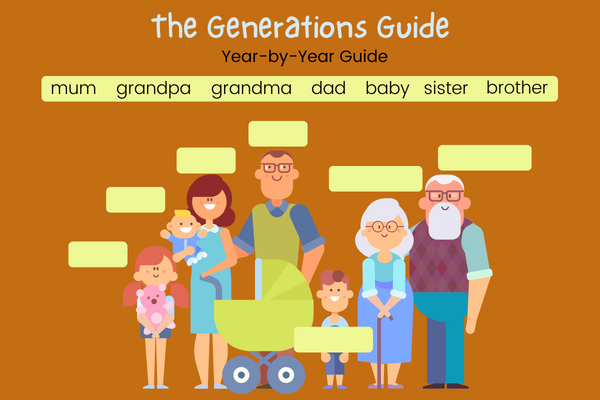Navigating the complexities of generational dynamics is crucial for understanding societal trends, workplace behaviors, and consumer patterns. Each generation brings unique perspectives shaped by their distinct experiences and historical contexts. Here’s an in-depth look at the main generations, highlighting their characteristics and influences.
The Silent Generation (Born 1928-1945)
Key Traits:
- Perseverance and Resilience: Growing up during the Great Depression and World War II, they value stability and security.
- Traditional Values: They exhibit strong loyalty to institutions and respect for authority.
- Work Ethic: Known for their dedication, discipline, and frugality.
Impact:
- Social Safety Nets: Advocated for the creation of Social Security, Medicare, and other welfare programs.
- Civil Rights Movements: Played a pivotal role in early civil rights advocacy, laying the groundwork for future reforms.
Baby Boomers (Born 1946-1964)
Key Traits:
- Optimism and Ambition: Raised in a period of economic prosperity, they are goal-oriented and career-focused.
- Social Change Agents: Witnessed and participated in the civil rights movement, women’s liberation, and environmentalism.
- Consumerism: Known for their spending power, they significantly shaped consumer culture.
Impact:
- Economic Influence: Their demand for housing, cars, and other goods spurred economic growth.
- Cultural Shifts: Influenced major cultural and societal changes, from music to technology adoption.
Generation X (Born 1965-1980)
Key Traits:
- Independence and Resourcefulness: Often described as the “latchkey kids,” they value work-life balance and self-reliance.
- Skepticism: Grew up during times of economic instability and corporate downsizing, leading to a cautious outlook.
- Technological Adaptation: First generation to grow up with computers, bridging the gap between analog and digital eras.
Impact:
- Workplace Transformation: Advocated for flexible work schedules and telecommuting.
- Pop Culture: Played a crucial role in the rise of alternative music, indie films, and the early internet culture.
Millennials (Born 1981-1996)
Key Traits:
- Tech-Savvy: Digital natives who grew up with the internet and social media.
- Value-Driven: Prioritize experiences, sustainability, and social responsibility over material possessions.
- Collaborative: Prefer teamwork and are accustomed to diverse and inclusive environments.
Impact:
- Workplace Innovation: Demand for flexible, meaningful work and a focus on work-life integration.
- Consumer Trends: Shifted marketing strategies towards online platforms and experiential brands.
Generation Z (Born 1997-2012)
Key Traits:
- Digital Natives: Grew up with smartphones, social media, and instant access to information.
- Pragmatic and Financially Mindful: Witnessed the effects of the Great Recession and are cautious about financial stability.
- Socially Conscious: Highly aware of social issues, they advocate for diversity, equity, and inclusion.
Impact:
- Education and Employment: Prefer practical, skill-based education and entrepreneurial opportunities.
- Media Consumption: Favor visual platforms like TikTok and Instagram over traditional media.
Visualizing the Generations
Incorporating visual elements can enhance understanding and engagement. Here are some suggestions for images to include:
- Silent Generation: Historical photos of families during the Great Depression or WWII veterans.
- Baby Boomers: Images from the civil rights movement, moon landing, or iconic 1960s rock concerts.
- Generation X: Photos of early personal computers, 1980s pop culture references, or scenes from “The Breakfast Club.”
- Millennials: Snapshots of early social media platforms, eco-friendly initiatives, or collaborative workspaces.
- Generation Z: Images of teenagers with smartphones, climate change protests, or popular TikTok trends.
Conclusion
Understanding generational differences is essential for fostering intergenerational harmony and leveraging each group’s strengths. By appreciating the unique experiences and values of each generation, we can create more inclusive workplaces, innovative marketing strategies, and cohesive communities.
For further reading and a deeper dive into the characteristics and influences of each generation, consider exploring resources from Culture Partners, Pew Research Center, and Britannica. These sources provide comprehensive insights into the formative experiences and societal impacts of each generational cohort.


